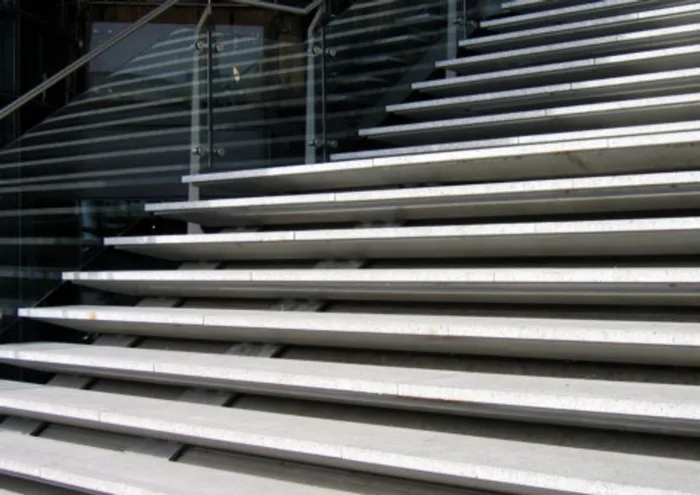Steps to take for a safer home

Steps are big danger, especially for crawling babies Steps are big danger, especially for crawling babies
It's amazing how mobile someone who can't walk, crawl or even sit unaided can be. With some nimble wriggling and tummy shuffling, your baby, from as young as three months, can start to explore - and get into trouble. This is the point when anxious new parents start to look around the home and see danger at every turn, from the stairs to the electrical sockets to the coffee table with its sharp corners.
Statistics do little to allay these fears. Home accidents send nearly a million children to A&E across the UK each year, half of them involving under-fives. According to the Child Accident Prevention Trust, around 41,000 under fives are rushed to casualty each year after falling down stairs; and every day one child under five is admitted to hospital with bath water scalds. Twelve young children are admitted to hospital with suspected poisoning every day, with regular painkillers usually the culprit.
The Royal Society for The Prevention of Accidents (RoSPA) says the most severe injuries to children involve heat-related accidents and falls from height, including the stairs. Older children are more likely to sustain fractures, while younger children have a higher percentage of burns and scalds, as well as being the victims of poisoning and choking. Last year saw five children die after becoming entangled in blind cords, a problem on the rise with the increased popularity of blinds.
There is, of course, a wide range of products that can be used to protect little people from these household hazards, but there's no need to turn your home into a padded cell. Indeed, the experts say attempts to child proof your home are counter-productive. “You cannot child proof a house, you can only make it safer and reduce the risks,” says Sheila Merrill, RoSPA's home safety manager for England. “We believe in making it as safe as necessary, not as safe as possible.”
As Merrill points out, there is no substitute for supervision by an adult. With that comes education as the adult teaches the child about the inherent dangers in life and how to navigate them safely. A fixed stair gate is an intrinsic piece of kit for most homes, proven to reduce the number of falls, but by 24 months a child should be able to go up and down stairs safely by themselves.
It's important to keep perspective. “Most accidents happen in the lounge and dining room and mainly in the evening,” says Merrill, “because that's where everybody goes when they get in and it's a busy time, so there may not be complete supervision. But the most serious accidents are in the kitchen and on the stairs. That's where it pays to put extra protection.” -
The Independent